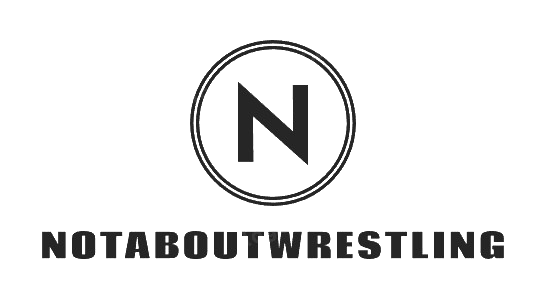
How to Create an Effective Brand Identity
An effective brand identity is essential for a company’s success in the marketing industry. Businesses may stand out from the competition and connect with their target market with a distinctive brand identity. In this piece, we’ll examine the essential components of brand identity and provide helpful guidance on creating them.
The Building Blocks of Brand Identity
A great brand identity consists of components, each essential to developing a solid brand image. There are three crucial components of brand identity:
- Logo – A logo serves as a brand’s visual identity and is frequently the first aspect of an organisation that customers notice and remember. A good logo should be straightforward, adaptable, and artistically reflect the brand’s character.
- Tone – The voice and personality of a brand are reflected in its tone, which also reflects its values and beliefs. The style should effectively communicate the brand’s message to the target audience.
- Texting – The words and phrases used to represent a brand and convey its distinctive value proposition are called its messaging. A brand’s personality and tone should be reflected in solid messaging, which aims to connect with the target audience.
Practical Tips for Creating Each Element
- Logo
Determining the brand’s personality, beliefs, and unique selling proposition is the first practical step in creating a powerful logo. The logo should reflect the brand’s identity and be straightforward, adaptable, and imaginative. - Tone
Establishing a consistent and genuine voice that connects with the target audience is essential to developing a brand’s tone. To ensure that all communications maintain the character of their brand, brands should establish their consumer personas and develop tone guidelines. - Texting
A thorough grasp of the target audience’s demands is necessary for developing a compelling message. Brands should determine their unique selling proposition (USP) and develop persuasive messaging that builds on it to emphasise their advantages over rivals.
Best Practises for Brand Identity Development
Businesses should adhere to the following recommended practices to create a brand identity that successfully connects with the target market:
- Reliability
A unified brand image must be built by maintaining consistency across all platforms, touchpoints, and messages. Businesses may create a memorable and recognisable brand image by adhering to stringent style requirements across all brand touchpoints. - Flexibility
Businesses should remain flexible and modify their brand identities to reflect changing consumer wants, market trends, and environmental factors. A brand that can change its image can effectively position itself as adaptable and progressive. - Research
Businesses can create a brand identity that effectively connects with the target audience by conducting thorough audience research. Companies should regularly examine their audience’s attitudes, preferences, and values to design their brand identity effectively.
Conclusion
Businesses should build a compelling logo, tone, and messaging that appeals to their target audience if they want to establish an effective brand identity. Companies can construct a brand identity that sets them apart from their rivals and carve out a market niche by adhering to best practices for developing brand consistency, adaptability, and research.

Ramiro Younger is a seasoned writer and journalist with a deep passion for pro wrestling. With over a decade of experience covering the sport, Ramiro has become a respected voice within the wrestling community, offering insightful commentary and analysis on the latest news and trends.


